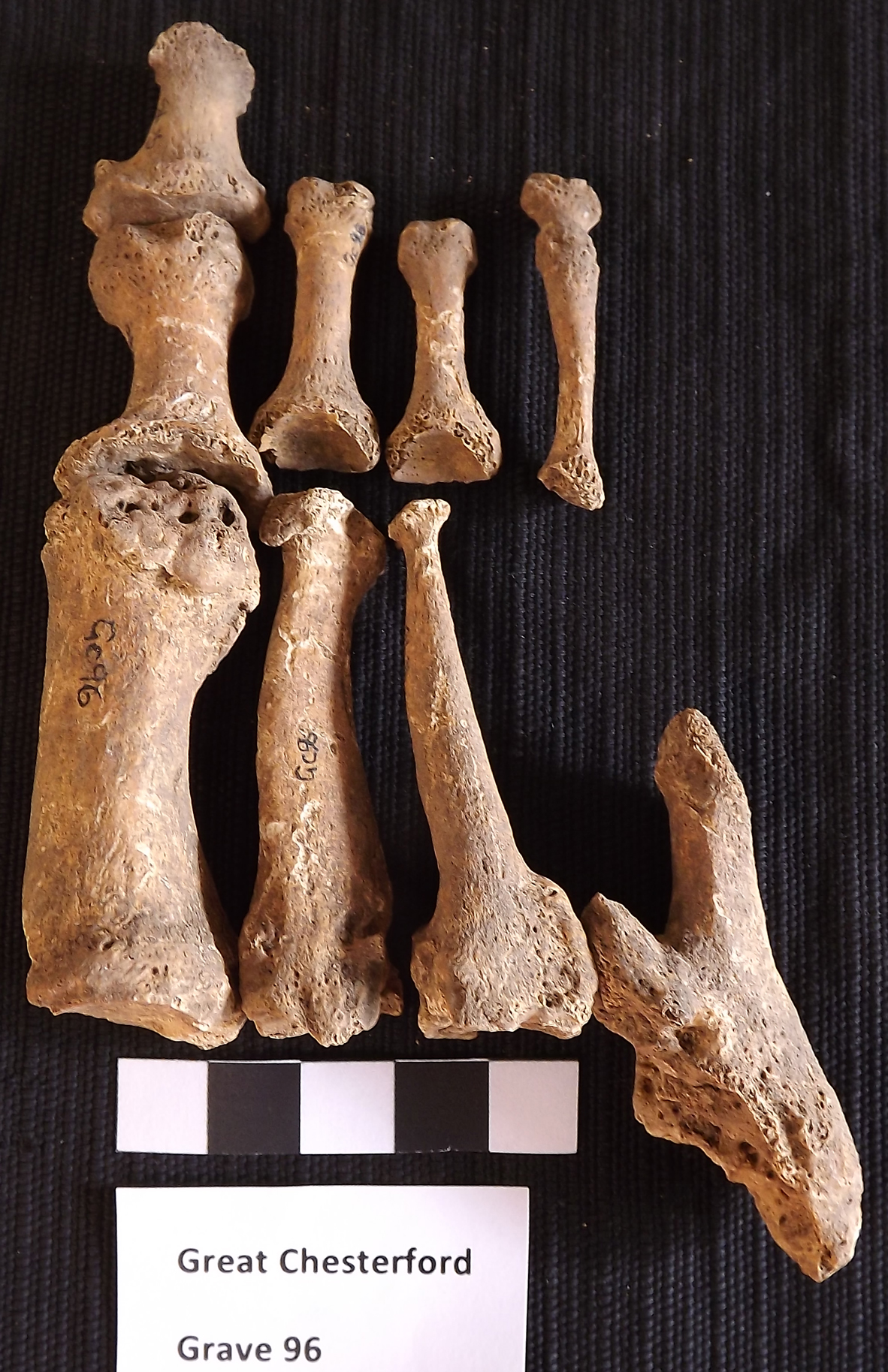Leprosy is one of the oldest known diseases to afflict humans, yet its origin is mired in controversy. A new study, in which 10 strains of the disease were detected in the remains of medieval Europeans, is now complicating the picture even further by pointing to western Europe as a potential launching point for leprosy. What’s more, the evidence also points to squirrels as a major contributing factor in the spread of the dreaded disease.
Painting of a person with Leprosy ringing a bell to warn others of their presence. Illustration: Richard Tennant Cooper 1885-1957/Wellcome Images
Archaeological, historical and palaeontological accounts of a sickness consistent with leprosy date back thousands of years to Africa and the Middle East. Caused by the bacterium Mycobacterium leprae, leprosy became widespread in medieval Europe, peaking between the 12th and 14th century and finally declining by the 16th century.
Leprosy, also known as Hansen’s disease, affects the nerves, skin, eyes, and lining of the nose, and it’s still endemic in many parts of the world, with 200,000 new cases reported each year.
The origin and dissemination of M. leprae remains a mystery, despite many attempts to reconstruct its past from historical and archaeological sources. A popular theory is that it originated in East Africa or the Levant area of the Middle East, moving around the globe as humans travelled along migration and trade routes. Other evidence points to its origin in East Asia.
But as new research published today in PLOS Pathogens points out, medieval Europe was an absolute hotbed for the disease in terms of its genetic diversity.
This latest research doesn’t prove that leprosy originated in Europe or anywhere else for that matter, nor are its authors making this claim, but the presence of 10 different strains of leprosy in western Europe during the Middle Ages, including the oldest genetic strain found in the UK, certainly hints at this possibility.
And then there are Britain’s red squirrels to consider – but more on this tantalising clue in just a bit.

Skeletal remains showing evidence of leprosy from the Odense St. Jørgen cemetery in Denmark, which was established in 1270 and existed until 1560.Image: Dorthe Dangvard Pedersen
For the new study, researchers from the Max Planck Institute for the Science of Human History at the University of Tübingen, EPFL Lausanne, the University of Zurich, and several other institutions analysed the remains of 90 individuals buried across Europe and dating to between 400 AD to 1400 AD.
All of these individuals exhibited skeletal deformations consistent with leprosy, including deformations in the face (particularly around the nose), as as well as in the toe and finger bones. These leprosy cases came from various parts or Europe, including Italy, Hungary, the Czech Republic and the UK.
“Our samples come from museum collections and their pathologies were already examined by palaeopathologists and published previously,” Verena J. Schuenemann, an archaeologist from the University of Tübingen and the lead author of the new study, explained to Gizmodo. “In our study, we use well-established methods for ancient DNA, which have also been used in previous publications on ancient leprosy genomes.”
Working with these remains, the researchers extracted, identified and reconstructed 10 medieval M. leprae genomes, several of which were previously known to science. The researchers also found multiple instances of leprosy strains in the same cemetery, showcasing the diversity of the disease as it made its way across the continent during this time period.
“We found that almost all major lineages of Mycobacterium leprae are present in medieval Europe,” said Schuenemann. “This finding leads to new models about the past spread and diversity of leprosy. It suggests that leprosy may already have been widespread throughout Asia and Europe in antiquity or that it might have originated in western Eurasia.”
A big surprise was the high diversity of the ancient M. leprae strains recovered from the samples. “In particular, we did not expect such a diversity within the same cemetery, as we found three major lineages within the St Jorgen cemetery in Denmark,” she said.
Prior to this study, scientists thought the disease only existed as several strains, only two of which were present in Medieval Europe. This latest research is now challenging that assumption.

One of the sequenced genomes came from the remains of an individual who lived in Great Chesterford England between 415 to 545 AD, making it the oldest M. leprae genome found in the UK. Intriguingly, this strain is very similar to those found in modern-day red squirrels, who are carriers of a medieval strain that stopped afflicting Europeans over 700 years ago.
“This supports the hypothesis that squirrels and the squirrel fur trade were a factor in the spread of leprosy among humans in Europe during the medieval period,” said Schuenemann.
Previous research shows that Vikings, via the squirrel fur trade, may have introduced the disease to Denmark and Sweden, possibly as early as 888 to 1015 AD. Or maybe the Vikings or other squirrel fur traders spread leprosy to Britain – we don’t know. Squirrels were also a common pet in those times, as the paper describes:
Moreover, squirrels were hunted for food, and often used as pets. For example, squirrels are commonly depicted wearing collars and leashes in medieval art and they were mentioned in historical letters as pets in monasteries. The keeping of squirrels in the domestic space could be envisioned as a possible mechanism for a transfer of M. leprae between species.
But scientists still aren’t sure if humans infected squirrels with leprosy, or if it was the other way around. Further complicating the matter is genetic evidence from 2014 suggesting early modern humans were already carrying leprosy when migrating out of Africa around 100,000 years ago.
The new study doesn’t resolve any of these issues, unfortunately. Why was leprosy so diverse in Europe during the Middle Ages? And how did it get to the UK so long ago?
Unfortunately, no ancient genomes from key regions in Asia or elsewhere are currently available, preventing further testing of current hypotheses. Schuenemann says it’s crucial that scientists locate more ancient and ancestral strains to push this research further. Until that happens, however, the story of leprosy, and how it came to afflict our species, remains an unresolved mystery.
